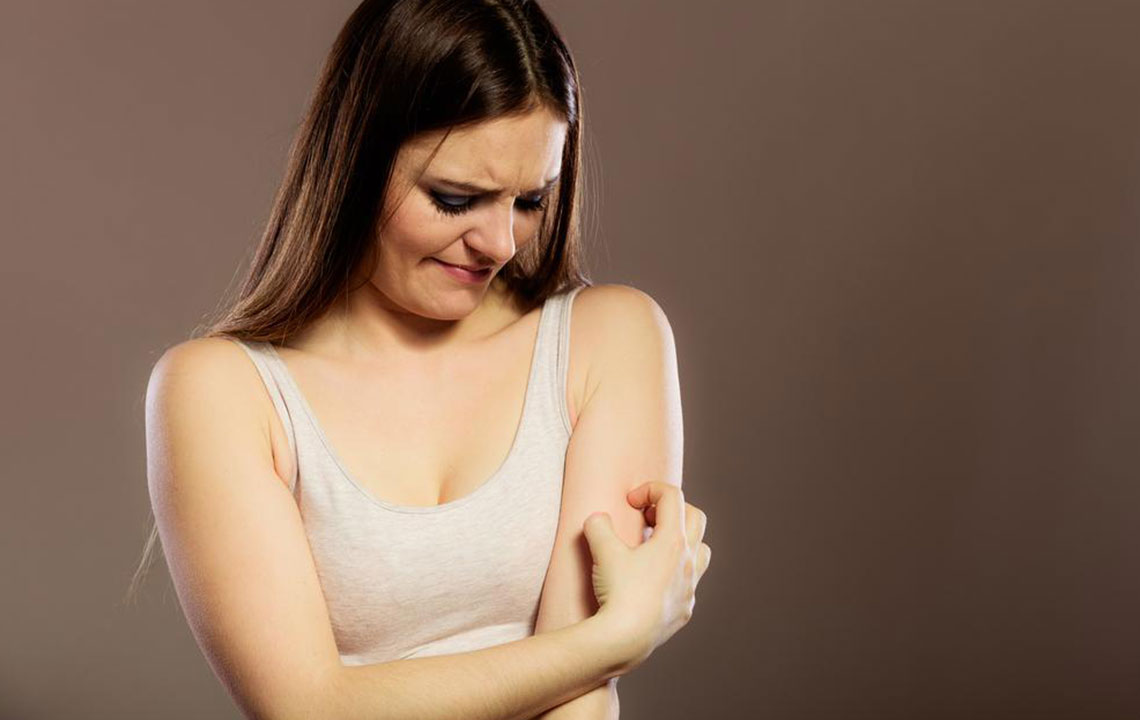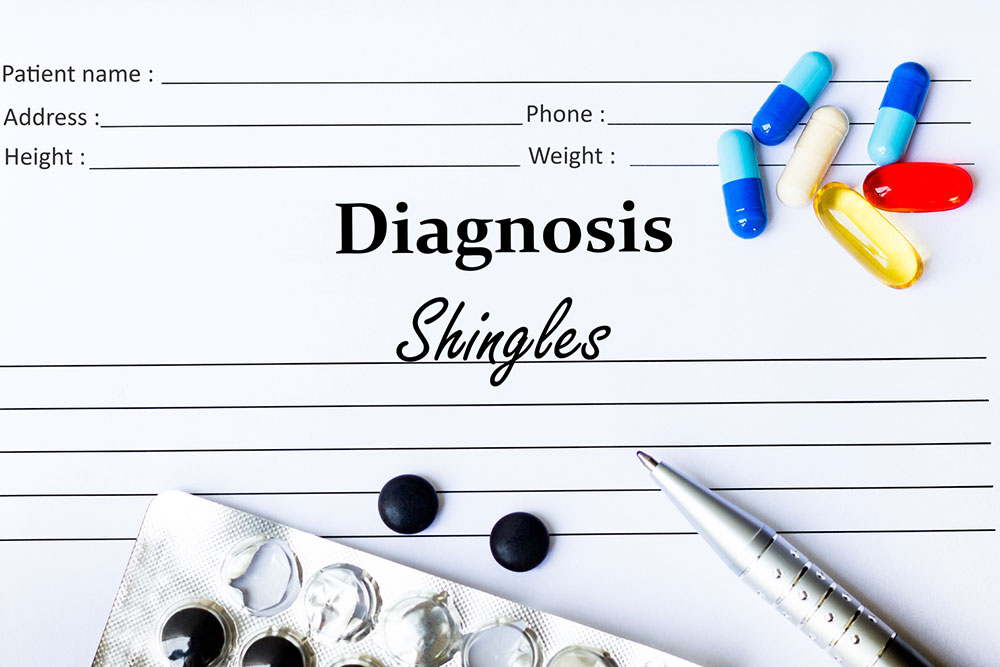Comprehensive Approaches to Managing and Alleviating Shingles Symptoms for Better Recovery
This comprehensive guide explores effective strategies to manage and alleviate shingles symptoms. It emphasizes the importance of early antiviral treatment, natural remedies, supportive care, and lifestyle changes to enhance recovery. The article also highlights vaccination as a preventive measure and provides tips to reduce discomfort and prevent complications. Combining medical and natural approaches offers the best outcome for those battling shingles, helping to minimize pain, accelerate healing, and prevent long-term nerve pain.

Comprehensive Approaches to Managing and Alleviating Shingles Symptoms for Better Recovery
Shingles, clinically known as Herpes Zoster, is a common medical condition that affects millions worldwide. Research indicates that roughly one in three individuals will experience shingles at some point in their lives. This painful skin condition results from the reactivation of the Varicella Zoster virus, the same virus responsible for chickenpox in childhood. While most people recover from chickenpox without lasting effects, the Virus can lie dormant in nerve tissues for decades before reactivating and causing shingles.
The primary symptom of shingles is a painful, blistering rash that often appears as a band or patch on one side of the body or face. The rash can spread across various areas, but it typically affects limited regions within a dermatomal distribution. The initial phase often involves localized pain, skin sensitivity, burning sensations, or tingling, which can precede visible skin eruptions by a few days. Alongside the rash, individuals often experience systemic symptoms such as fatigue, fever, headache, and sensitivity to light. Recognizing early signs and initiating prompt treatment can significantly impact the course of the illness and reduce the risk of complications.
The reactivation of Varicella Zoster stems from a decline in virus-specific immunity, often related to aging, stress, immunosuppression, or other health conditions. After recovery from chickenpox, the virus remains dormant in nerve ganglia, occasionally reactivating to produce shingles. The development of the rash usually occurs within days, evolving from itchy or painful sensations to clusters of blisters that crust over and heal over a few weeks. Despite the discomfort, modern medicine offers effective treatment strategies to manage symptoms, shorten disease duration, and prevent long-term complications like postherpetic neuralgia.
Although no cure exists for shingles, early intervention with antiviral medications such as acyclovir, valacyclovir, or famciclovir can significantly reduce symptom severity and duration. Initiating treatment within 72 hours of rash appearance offers the best chance to minimize nerve damage and prevent complications like skin scarring or more serious organ involvement. Additionally, postherpetic neuralgia—persistent nerve pain following rash resolution—is a common challenge that requires ongoing management.
Conventional Medical Treatments for Shingles
Antiviral drugs are the cornerstone of shingles treatment. They work by inhibiting viral replication, drastically reducing the spread of the virus and alleviating pain. Pain management is also crucial, often involving analgesics like acetaminophen or NSAIDs, and in severe cases, prescribed nerve pain medications such as gabapentin or pregabalin. Corticosteroids may be considered in some cases to reduce inflammation and nerve swelling, although their use depends on individual patient circumstances and potential side effects.
Complementary therapies, including vaccination, also play a pivotal role. The shingles vaccine, recommended for adults aged 50 and above, significantly lowers the risk of developing shingles and postherpetic neuralgia. Vaccination has proven to be a highly effective preventative measure, especially for those with weakened immune systems.
Natural and Supportive Treatments for Shingles Relief
Beyond pharmacological intervention, several natural remedies and supportive care strategies can help ease discomfort and promote healing. These approaches are particularly effective when combined with medical treatment, providing holistic symptom management.
Cooling Compresses
Applying a cold, moist cloth directly to the affected area can relieve pain and decrease inflammation. It’s essential to avoid extremely cold packs or ice, which might cause further skin sensitivity or damage. Repeating this application several times daily can provide significant relief from burning sensations and help reduce swelling.
Soothing Baths and Skin Care
Taking lukewarm baths infused with colloidal oatmeal, cornstarch, or baking soda can soothe irritated skin and reduce itchiness. Soaking for about 15-20 minutes, then gently patting the skin dry, reduces the risk of infection and helps calm inflamed areas. Gentle skin care, avoiding harsh soaps and irritating substances, promotes faster healing and comfort.
Homeopathic and Herbal Remedies
Homeopathy offers alternative treatments aimed at reducing nerve pain and skin discomfort. Remedies like Rhus Toxicodendron or Arsenicum album might be recommended by qualified practitioners. Similarly, herbal treatments such as lemon balm, echinacea, and green tea possess anti-inflammatory and immune-boosting properties. Always consult with healthcare providers before embarking on herbal or homeopathic therapies to ensure safety and appropriateness.
Topical Agents and Natural Pastes
Applying soothing pastes made from baking soda or cornstarch mixed with water can help diminish rash irritation. Over-the-counter topical creams containing capsaicin, calamine lotion, or lidocaine patches provide symptom relief by reducing itching and burning sensations. These do not treat the viral infection but are effective for symptom control.
Diet and Lifestyle Adjustments to Support Recovery
Nutrition plays a key role in boosting immunity and aiding recovery from shingles. Incorporating foods rich in vitamins A, C, E, and B12, as well as lysine-rich options such as leafy greens, eggs, fruits, and lean meats, can strengthen the immune response. Conversely, reducing high-sugar, processed, and arginine-rich foods like chocolates, nuts, and seeds can help prevent viral reactivation. Maintaining a balanced diet, staying hydrated, and ensuring adequate rest are fundamental for optimal healing.
Herbal Supplements and Nutritional Aid
Some herbal supplements, including echinacea, lemon balm, and green tea, have been used to support immune function and reduce inflammation. Supplements like melatonin or St. John’s Wort might relieve sleep disturbances and anxiety associated with shingles. However, always seek medical advice before starting new supplements, especially if you are on medications or have pre-existing health conditions.
In summary, shingles management requires a multifaceted approach, combining early medical intervention with supportive natural remedies. Timely treatment significantly reduces the risk of complications, while holistic care can improve comfort levels and speed recovery. Remember, preventive measures like vaccination and lifestyle modifications are vital components in reducing the incidence and severity of shingles infection. With appropriate care, most individuals recover fully within a few weeks, with minimal long-term effects.





